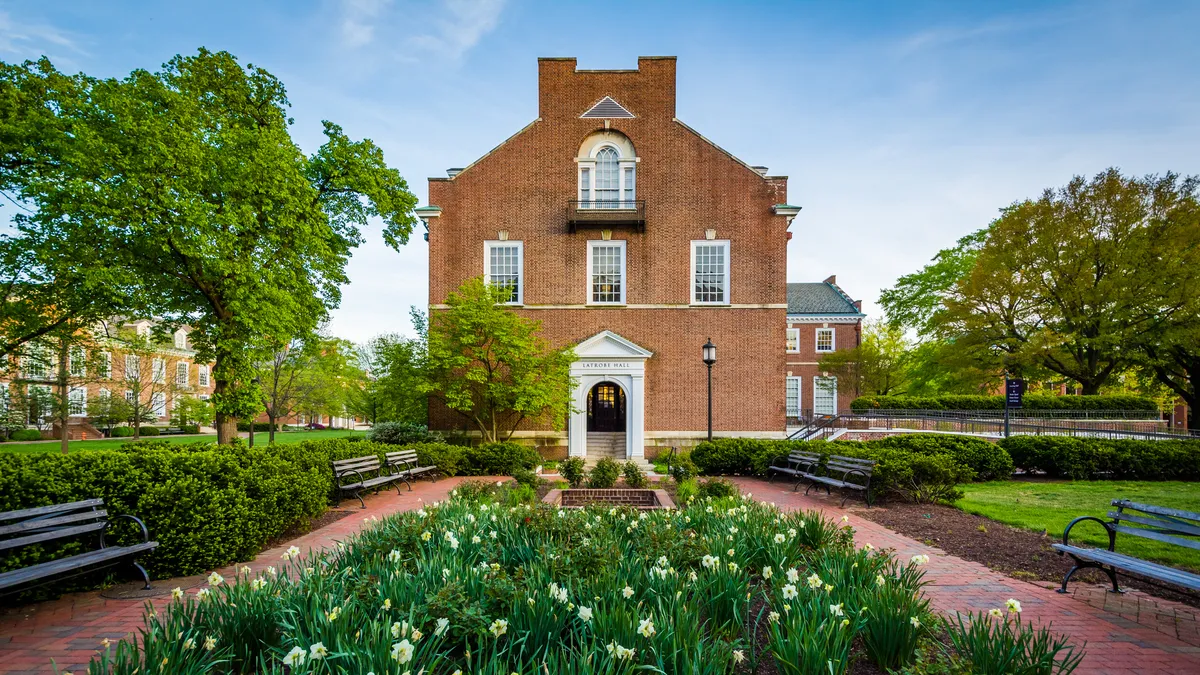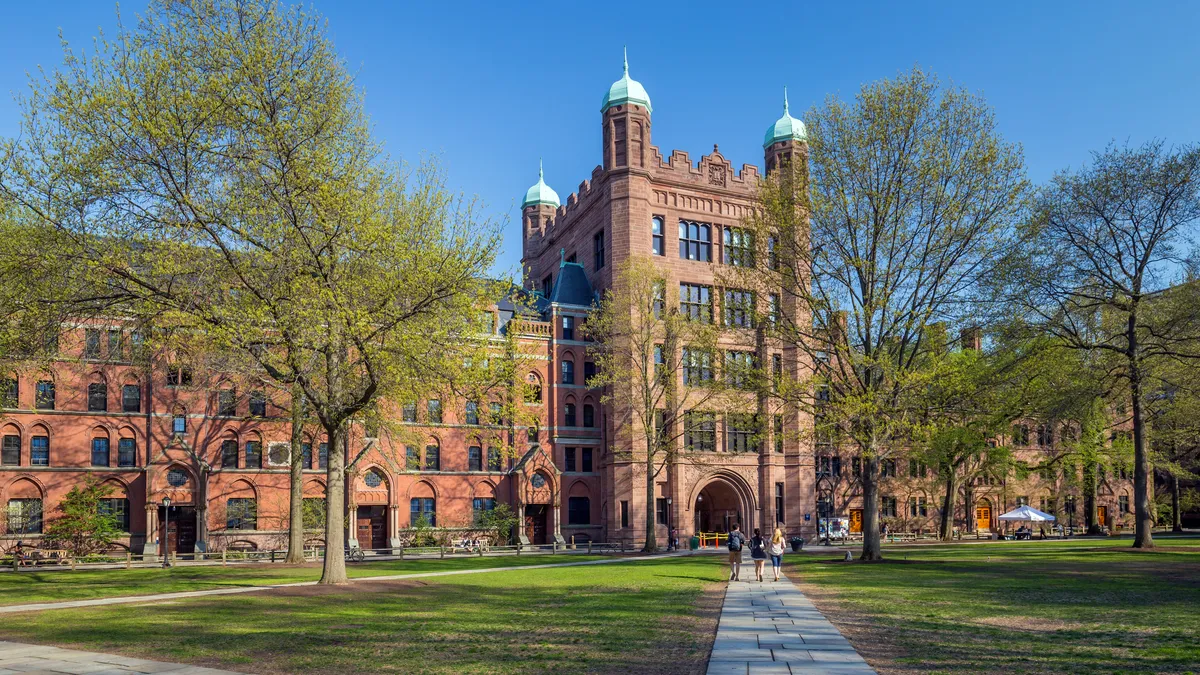Dive Brief:
- Recent research suggests that 14% of students who transfer from two-year to four-year institutions earn a bachelor's degree within six years of the transition, University Business reports — and some observers say the key to increasing that percentage is in the relationships between the two institution types.
- Smith College is an example of articulation agreement done well, as the school uses connections with academic advisors and mentors at the community colleges to constantly expose students to Smith's culture and potential obstacles around transferring.
- Officials at Dickinson College say that exposure to the four-year campus is a critical element of ensuring a smoother transition process, and helping students to feel integrated into four-year culture earlier in their arrival.
Dive Insight:
Several institutions are building profiles for engagement with non-traditional and transfer students who are becoming more of the "traditional" college student than those who attend college immediately after high school graduation. But these students frequently require more than just positive reinforcement about transferring and pathways to making sure that credits and finances match up for the pursuit of a bachelor's degree.
College leaders must ensure that they are attentive to employment needs, transportation challenges, technology access and other areas that are on the periphery of the academic experience. Without support in addressing these critical areas, students can build excitement and eligibility for transferring, but quickly lose access and interest in completing their academic journeys.









